5 Using Tomato Paste Instead of Ketchup
Substitute tomato paste for ketchup when your recipe calls for a stronger, more concentrated flavor without the extra sweetness.
This simple swap actually enhances many dishes with its rich umami profile and thicker consistency.
Most home cooks already have tomato paste tucked away in their pantry, making this alternative both convenient and cost-effective.
The deep red color and intense tomato flavor work particularly well in cooked applications where ketchup might become too sweet.
With a few adjustments to balance acidity and sweetness, the paste transforms into a perfect ketchup stand-in for countless recipes.
Some culinary experts prefer this substitution because it allows more control over the final taste profile.
The following guide shows you exactly how to modify tomato paste for the best results in any dish that typically calls for ketchup.
What Is Tomato Paste?
Tomato paste is a rich, concentrated form of cooked tomatoes. It adds deep, intense tomato flavor to your dishes without adding too much liquid.
Fresh tomatoes are cooked slowly for several hours, allowing water to evaporate, leaving a thick, dense paste behind.
Tomato paste is slightly sweet, tangy, and savory. It gives depth and richness to sauces, soups, and stews.
Perfect for pasta sauces, chili, soups, marinades, and braises. Even a small spoonful can dramatically enhance the tomato taste in your dishes.
Once opened, store tomato paste in an airtight container in the fridge for up to a week, or freeze small portions to use whenever needed.
Why Tomato Paste Is a Staple in Cooking
Tomato paste is a go-to ingredient in kitchens around the world because it adds big flavor, vibrant color, and a thicker texture to many recipes, all with just a spoonful:
Other Tasty Substitutes for Ketchup
Ketchup replacements keep recipes tangy and sweet while leaving room for creativity. A swap can spark new ideas. Explore the alternatives that could elevate your sauces.
Tomato Sauce
Tomato sauce makes an excellent replacement for ketchup in many recipes, especially those savory dishes where its thinner consistency won't be a problem.
For sauces and soups, this substitute delivers the same rich tomato flavor without compromising the overall taste profile.
The main difference lies in sweetness levels, as tomato sauce lacks the sugar content typically found in ketchup.
Some recipes might need a small adjustment, perhaps adding a pinch of sugar if the dish requires that ketchup-like sweetness.
Just remember to use slightly less tomato sauce than the amount of ketchup called for to prevent your dish from becoming too watery.
Tomato Paste
Tomato paste serves as an excellent substitute for ketchup in many recipes, especially when combined with a touch of sweetness to balance its concentrated flavor.
The rich tomato taste works beautifully in chilis, stews, and sauces, though it needs to be used sparingly due to its intensity.
For best results, simply dilute the paste with a splash of vinegar to match ketchup's tanginess and add maple syrup or honey to recreate its signature sweetness.
This adjustment creates a remarkably similar flavor profile while often providing a more authentic tomato taste than the original condiment.
Apple Cider Vinegar
Substituting ketchup with apple cider vinegar works wonderfully when you want that tangy kick without tomato flavor or color.
The mild acidity of apple cider vinegar adds just enough zing to elevate your dishes without overwhelming them.
For marinades and dressings where consistency isn't crucial, this swap creates delicious results while allowing you to control the intensity.
Many people find that starting with a smaller amount and adjusting to taste leads to the perfect balance in their recipes.
This simple alternative saves you from running to the store when ketchup is missing from your pantry.
Barbecue Sauce
Ketchup lovers who need a substitute can reach for barbecue sauce as the most reliable option since it often contains ketchup as a base ingredient.
The familiar tomato notes will still come through, though barbecue sauce typically has a richer, deeper color than plain ketchup.
Taking a quick look at the flavor profile on the bottle helps ensure the particular barbecue variety matches your recipe needs.
Some versions pack a strong smoky taste that might slightly change your dish's character but generally won't overwhelm it.
For best results, start with a smaller amount than you would use with ketchup and adjust to taste.
Salsa
Substituting salsa for ketchup can bring exciting new flavors to your favorite foods without all the sugar.
The tangy kick works perfectly on burgers, eggs, pizzas, sandwiches, and hotdogs while adding a more complex taste profile than regular ketchup.
Salsa Roja specifically makes an excellent swap because its tomato-rich base closely resembles the classic condiment we're all familiar with.
Many people appreciate how blended salsa creates that smooth consistency they expect from ketchup.
The best part?
This simple change adds nutrition and reduces sweetness in one delicious move.
Adjusting Consistency & Flavor When Substituting Tomato Paste
When substituting tomato paste in recipes, getting the right consistency and flavor is important for tasty results:
Tomato Paste Swaps: Reader FAQs
1. Can I substitute tomato puree for tomato paste?
Yes, but reduce it by cooking until it thickens. Use 2 tablespoons of puree for every 1 tablespoon of paste.
2. Is ketchup a good replacement for tomato paste?
Ketchup can work in a pinch but adds sweetness. Reduce any added sugar in your recipe to balance it out.
3. Can I use fresh tomatoes instead?
Yes, but you’ll need to cook them down significantly to get the concentrated texture and flavor of tomato paste.
4. What about using sun-dried tomatoes?
Blended sun-dried tomatoes can substitute well, especially for bold recipes. Rehydrate them first for smoother blending.
5. Does pizza sauce work as a swap?
It can, though it's seasoned. Adjust spices or salt in your recipe to keep the flavor balanced.
6. How do I thicken a thin tomato substitute?
Simmer it uncovered to reduce moisture, or mix in a small amount of cornstarch or flour slurry as a last resort.
7. Are there non-tomato alternatives to tomato paste?
Try roasted red pepper puree or pumpkin puree for color and body, especially if avoiding tomatoes due to allergies.
8. Can I freeze leftover tomato paste substitutes?
Yes! Freeze portions in an ice cube tray, then store them in a freezer bag for easy future use.

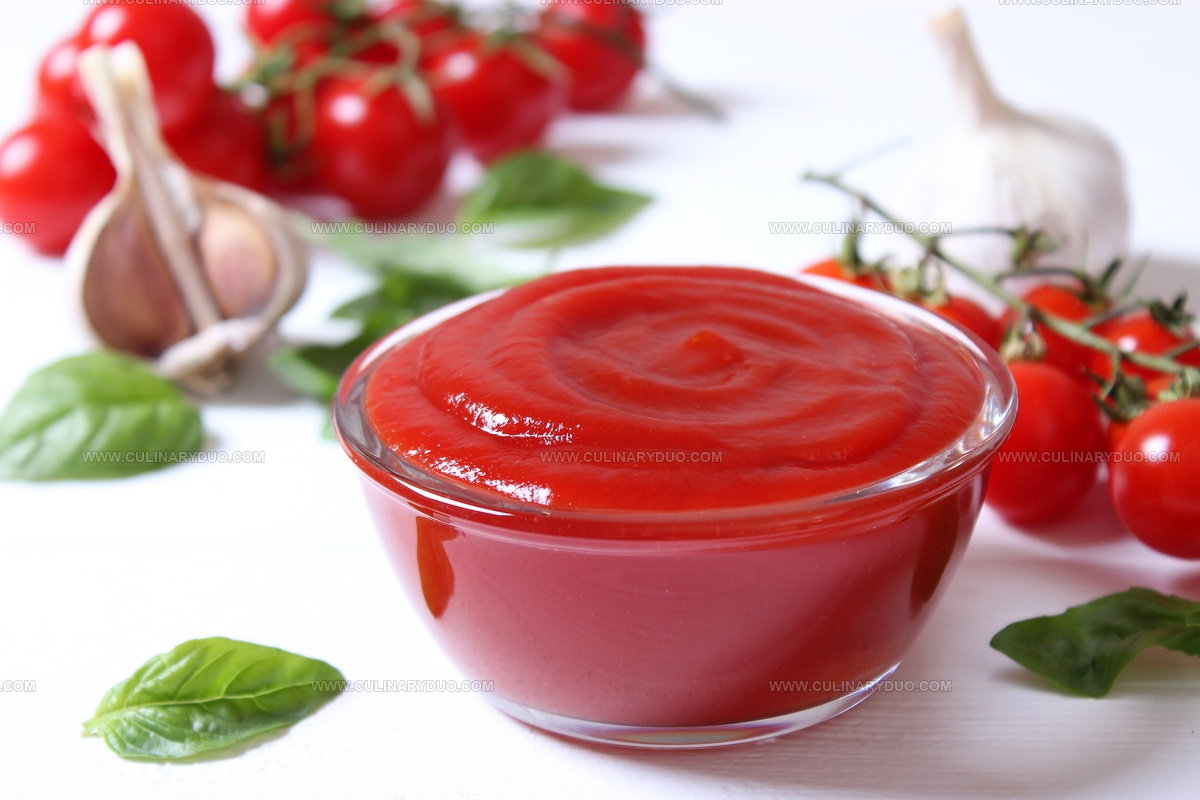
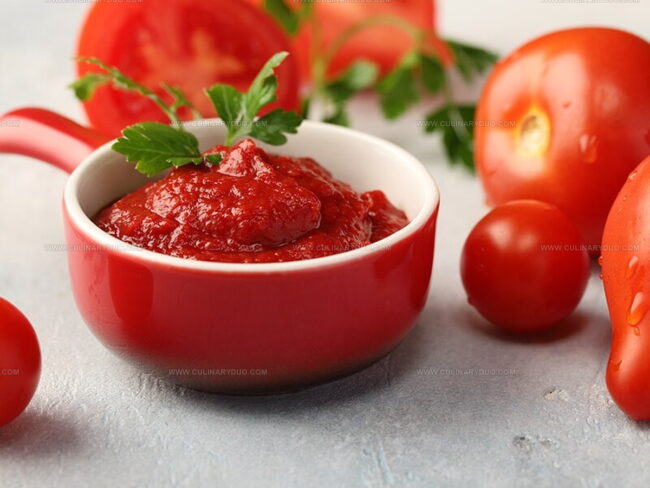
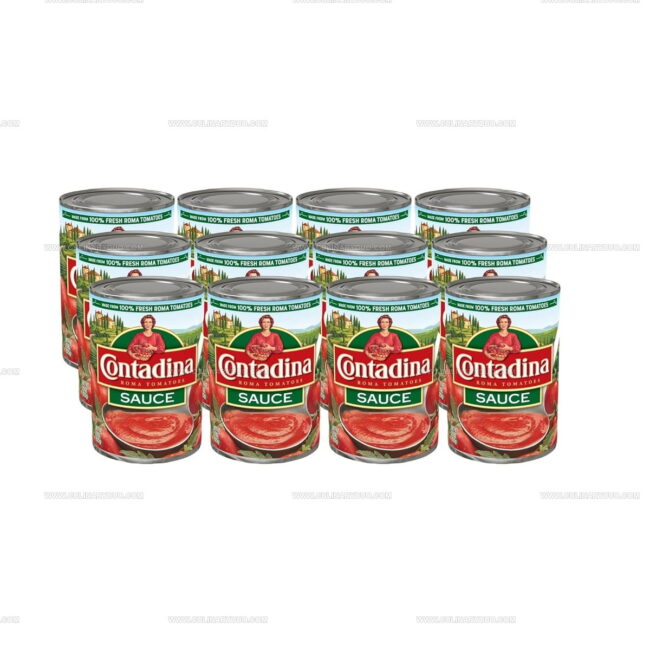
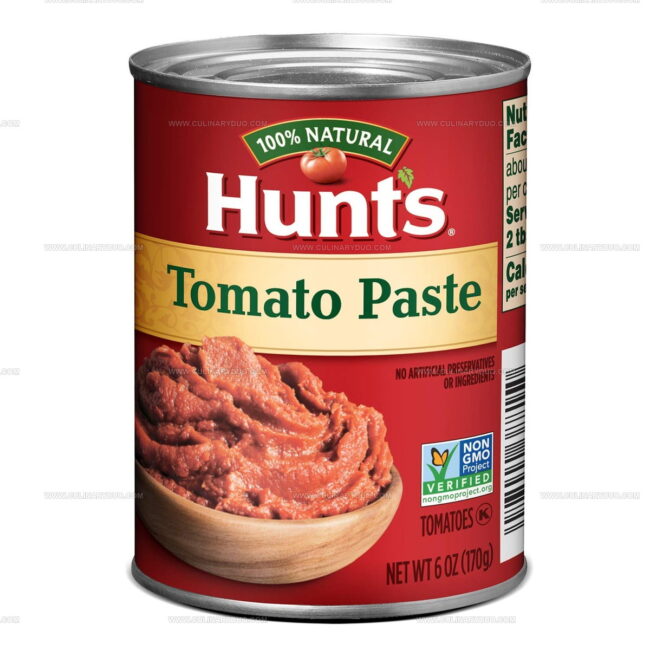
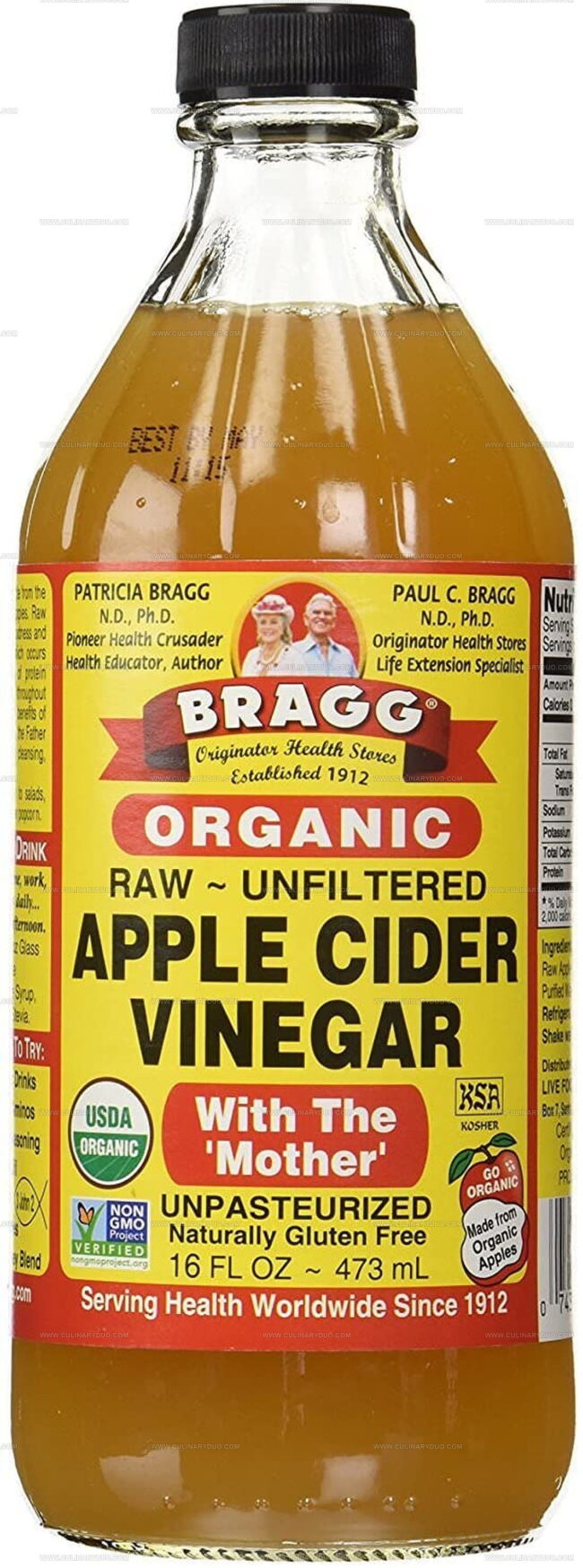
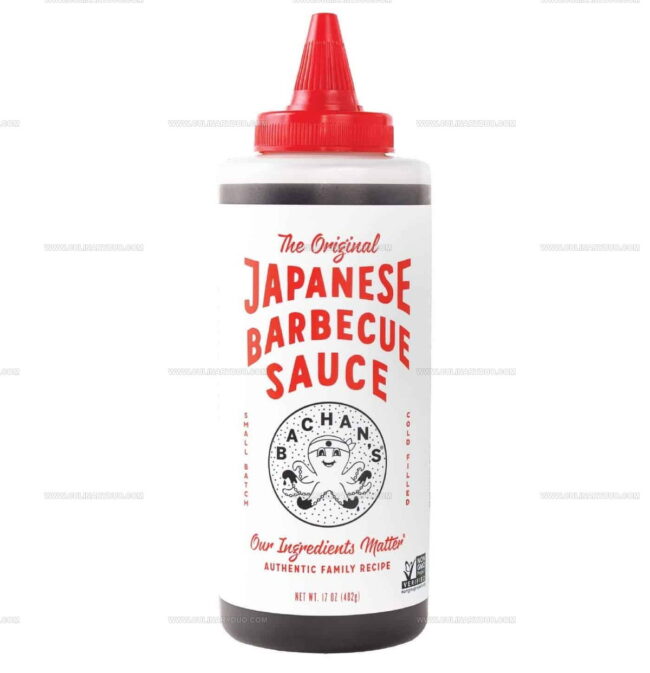
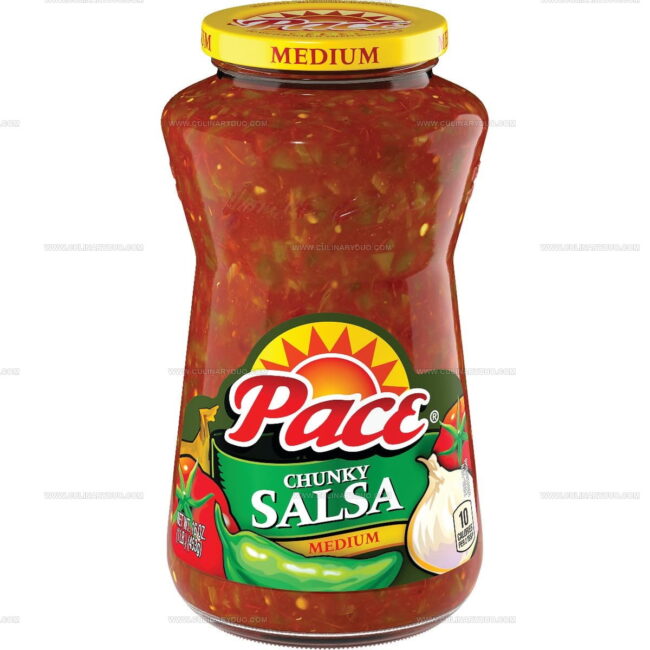

Michael Reyes
Founder & Lead Recipe Developer
Expertise
Education
Santa Fe Community College
Michael’s love for cooking runs deep, rooted in the bold, colorful flavors of his New Mexico upbringing.
After earning his Culinary Arts Certificate from Santa Fe Community College, he spent years sharpening his skills in kitchens that celebrated traditional Southwestern and Latin American dishes.
He believes cooking should feel approachable and fun, never complicated. When he’s not stirring up new recipe ideas, Michael’s out hiking scenic trails, chatting with farmers at local markets, or chasing the perfect sunset shot for inspiration.